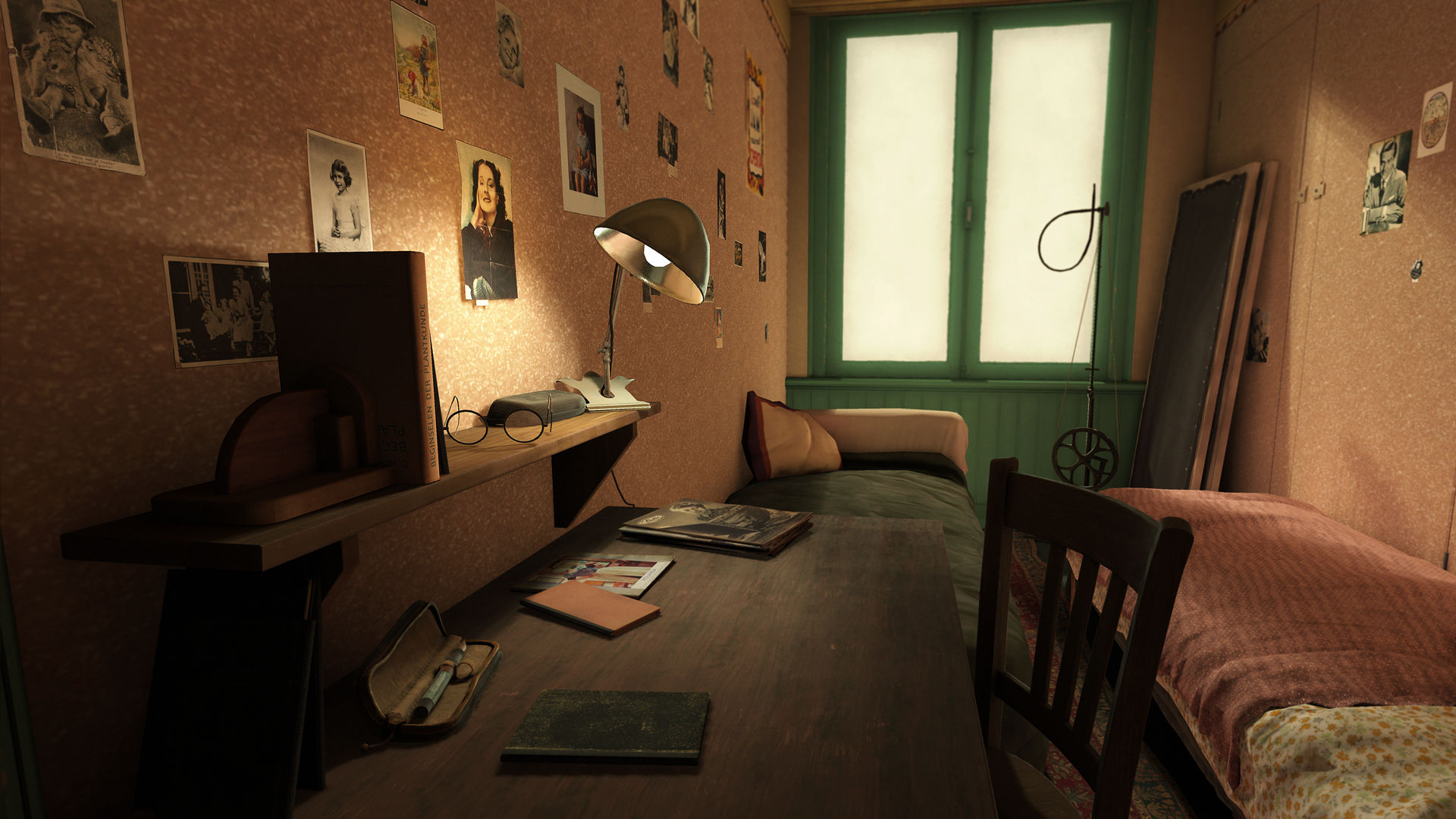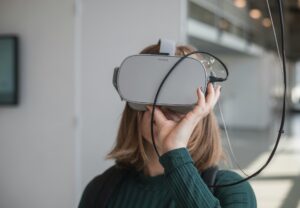

Storytelling has been a fundamental method of transferring knowledge since time immemorial. In education, narrative-based learning offers cognitive benefits that extend far beyond simple information retention. Research consistently shows that stories engage multiple areas of the brain, making learning more enjoyable and memorable. When it comes to STEM subjects, which often deal with abstract concepts, storytelling can bridge the gap between theory and real-world application, enhancing practical lessons and science lesson plans.
A study published in the Journal of Educational Psychology found that students who learned scientific concepts through narratives showed a 40% improvement in comprehension compared to those who learned through traditional methods. This highlights the potential of storytelling as a powerful educational tool, especially when combined with immersive technologies like VR education software.
Virtual reality offers unique capabilities for creating immersive narratives that traditional educational methods simply can’t match. Unlike textbooks or even videos, VR education apps place students directly into the story, allowing them to interact with their environment and experience scientific concepts firsthand. This level of immersion can significantly enhance understanding and retention of complex STEM principles.

For example, the VR experience of Anne Frank’s house, while not strictly a STEM application, demonstrates the power of immersive storytelling. Students can explore the secret annex, gaining a deeper understanding of historical events that text alone couldn’t provide. Imagine applying this level of immersion to a biology lesson, where students could travel through the human bloodstream or witness the process of photosynthesis from inside a leaf.
One common concern with integrating technology into education is finding the right balance between learning and entertainment. There’s often a perceived dichotomy between “gamified education” and “educational games.” However, VR education companies like XReady Lab are demonstrating that it’s possible to create educational content with game elements that enhance rather than distract from learning.
XReady Lab specializes in VR education services for STEM subjects, focusing primarily on physics and biology for secondary school students (ages 8-18). Their approach integrates narrative elements into educational content, creating engaging experiences that maintain a strong focus on learning objectives. This method ensures that students remain captivated by the storytelling while absorbing crucial scientific concepts.

The integration of VR narratives into STEM education offers numerous benefits:
For secondary schools looking to integrate VR education games into their curriculum, there are numerous options available. VR simulations can complement existing science experiment lesson plans, offering interactive experiences that bring textbook concepts to life. For instance, a physics lesson on gravity could include a VR narrative where students explore different planets, experiencing varying gravitational forces firsthand.
XReady Lab’s VR simulations are designed with the classroom environment in mind. Their applications feature familiar settings like classrooms and labs, ensuring that the technology enhances rather than replaces traditional learning environments. This approach makes it easier for teachers to incorporate VR into their existing curricula without a complete overhaul of their teaching methods.
How can VR be used in education? The applications are vast and varied:
How is VR used in education currently? Many schools are integrating VR into their science lesson plans to provide immersive experiences that complement traditional teaching methods. For example, secondary school experiment ideas might include using VR to explore the inside of a cell or to visualize complex mathematical concepts in 3D space.
As VR technology continues to advance, we can expect even more sophisticated and personalized learning experiences. Adaptive narratives powered by AI could tailor the storytelling experience to each student’s learning pace and style. This personalization has the potential to make STEM education more accessible and effective for a diverse range of learners.
Moreover, as VR hardware becomes more affordable and user-friendly, we may see a shift towards more home-based VR learning experiences. However, companies like XReady Lab maintain a focus on classroom-based applications, recognizing the importance of guided, collaborative learning in STEM education.
Immersive storytelling through VR is not just a novelty in STEM education; it’s becoming an essential tool for engaging students and improving learning outcomes. By combining the power of narrative with the immersive capabilities of VR, educators can create unforgettable learning experiences that bring STEM subjects to life.
For educators interested in exploring the potential of VR narratives in their STEM curriculum, XReady Lab offers free VR education apps for demo purposes. Even without VR hardware, teachers can access desktop versions to get a feel for the content and its potential impact on student learning.
As we look to the future of education, it’s clear that VR storytelling will play an increasingly important role in how we teach and learn STEM subjects. By embracing these innovative tools, we can inspire the next generation of scientists, engineers, and innovators, equipping them with not just knowledge, but also the passion and curiosity to drive scientific progress.
To experience the power of VR narratives in STEM education firsthand, visit https://xreadylab.com/request-demo-page and request a free demo of XReady Lab’s VR simulations. Discover how immersive storytelling can transform your school lessons and ignite a love for learning in your students.
Frequently Asked
We prodive VR biology, VR physics, and VR chemistry simulations. Please, check our catalog.
Please, fill the form to get demo labs for free.
Please contact our customer support service at support@xreadylab.com or book a call with the team to find out the conditions and book the VR class set up at your school.
Subscription to XReady Lab interactive VR labs. If you are a school, then you are also given access to the VR classroom system. VR class system helps you easily launch VR lessons for a large number of students, follow the experience of each student, as well as customise the content without developers.
We adhere to the world’s generally accepted recommendations and research. Our products are suitable for children from 12 years old.